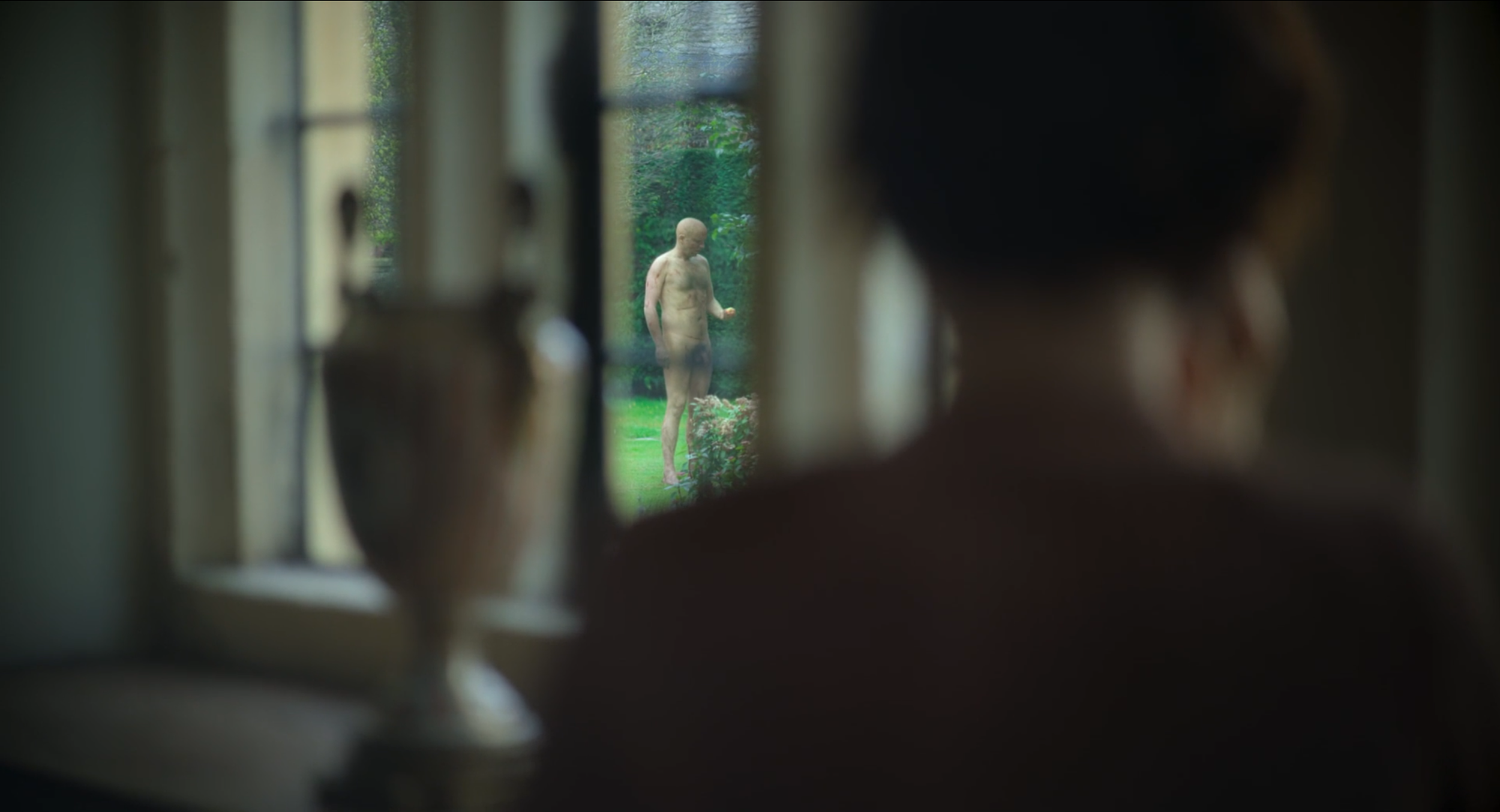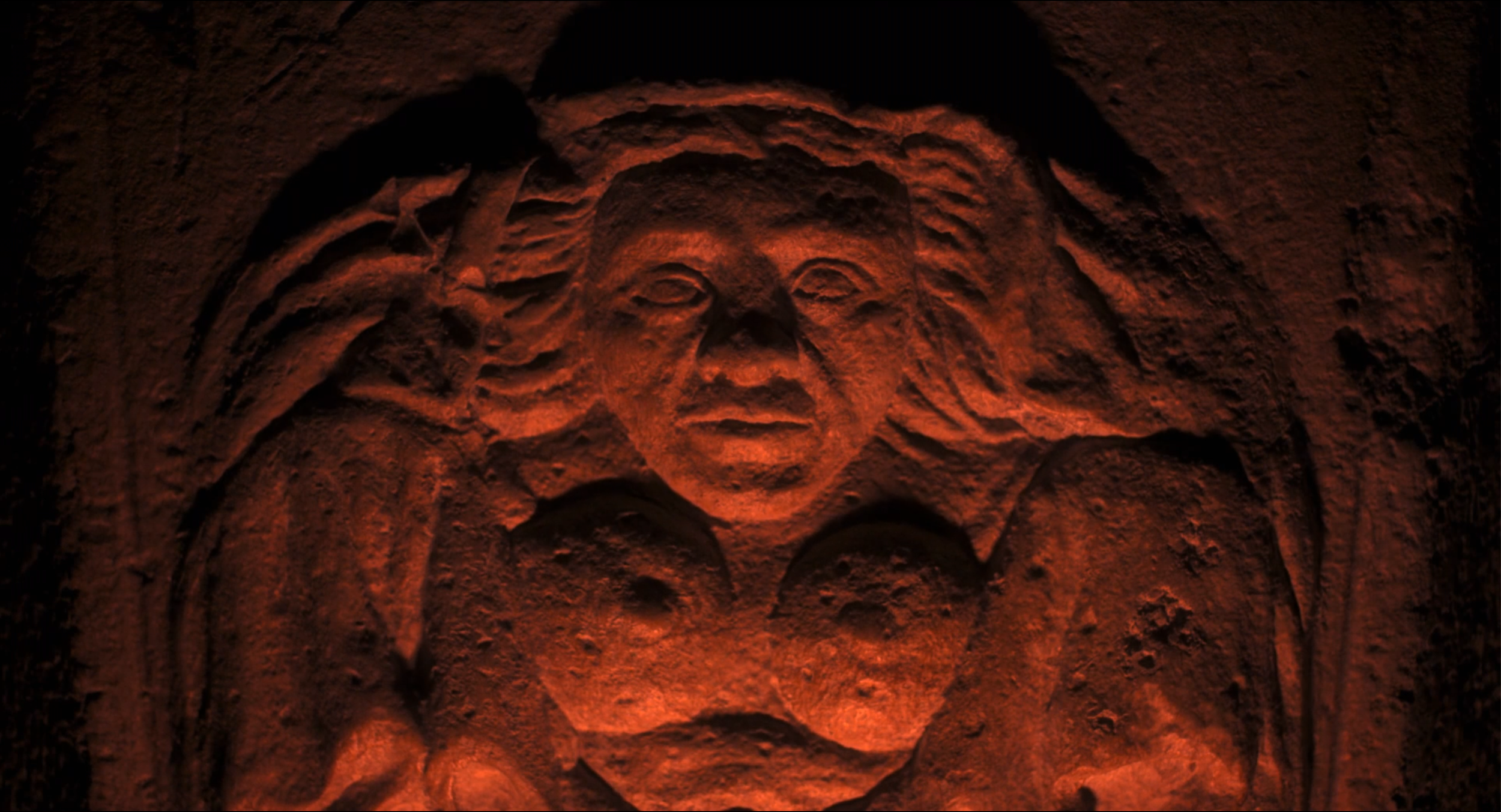Archetypal View: Alex Garland’s Men
Note: Since I write these features for Instagram I’m limited to a scant 2,200 characters, which isn’t enough to go into a full analyses of all the archetypal themes in a film like Men. For that reason I’ve decided to focus on some main themes and images that I haven’t seen other writers address in their analyses of this film, which have tended to be quite literal in their interpretation.
Jessie Buckley as Harper in Alex Garland’s Men
Men: The Roots of Male Power Abuse
One important maxim of archetypal psychology is “stick with the image” and the disturbing images from Alex Garland’s latest film have certainly stuck with me. When images are symbolic rather than just shocking, they’ll continue to reveal meaning the longer you stick with them (or they stick with you).
The central theme of the film is the masculine desire for union with the feminine (first Mother, then Lover) or hieros gamos, described by Carl Jung as “sacred or spiritual marriage, union of archetypal figures in the rebirth mysteries of antiquity and alchemy.”
We see this ancient drama play out in the character of the Homeless Man, first encountered wandering naked through the woods who then follows Jessie Buckley’s character home. He is the first man Adam exiled from Paradise, longing to reunite with his Eve.
The homeless man plucks a fruit from the forbidden tree
Rory Kinnear plays almost all the male roles, a clever device that suggests that they are manifestations of the archetypal Man, specifically the shadow side that is the force behind centuries of misogyny and oppression of women. The other men in the film are examples of male abuse of power through the ages: Priest, Police, Landlord and the emotionally manipulative husband.
We can trace the roots of Western patriarchy back to the splitting of the male/female aspects of God that happened when Christianity destroyed the pagan religions of Britain. This is cleverly symbolized by the archaic altar in the country church, which has a Green Man on the front and a Sheila Na Gig on the back.
An image of the Green Man in the country church
Sheila Na Gig on the backside of the altar
The film does a brilliant job of answering some fundamental questions about men, one of which is “how are bad men made?” We get a hint when Harper meets the young boy lurking outside the church. We first see him wearing a Marilyn Monroe mask, symbolizing his immature desire for union with the archetypal feminine. When Harper declines his invitation to play, he becomes enraged, calling her a stupid bitch.
The young boy who asks Harper to play with him
The film ends with Harper asking her dead husband, “What do you want from me?” In a way, she is Woman trying to understand what makes Men do the terrible things they do. His reply, “Your love” suggests that male power abuse is nothing but a deranged attempt by the masculine to achieve union with the feminine.







